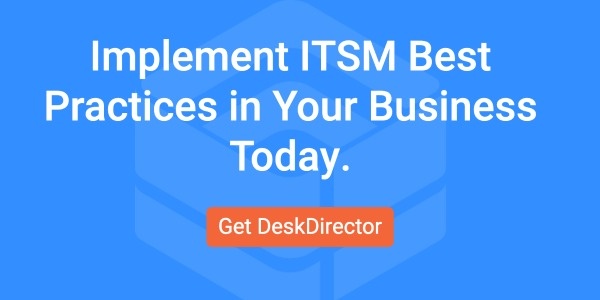Investing in a help desk ticketing system is a highly consequential decision. It can play an integral role in shaping your business’s support operations. When evaluating which software offers the features and functionality that align best with your business needs and objectives, it’s also important to be strategic about which pricing model you choose — especially if you are (or will be) scaling your business.
Among the pricing options available, the per-user model is often favored due to its simplicity. But is it the optimal choice for every organization? In this article, we'll delve into the limitations of this popular model and shed light on a more adaptable alternative.
A Quick Guide to Help Desk Solutions Pricing Models
When you're exploring help desk ticketing systems, you'll come across several distinct pricing models:
- Per user: Pricing based on the total number of personnel who will have access to the help desk system.
- Flat fee: Users are charged a set fee monthly or annually for full access to all features. With the evolution of more scalable pricing models, flat fee or flat rate pricing has become a rarity in SaaS.
- Tiered: Offers various levels of functionality at different price points. Generally, the higher the price, the more advanced features you unlock.
- Feature-based: This model starts with a basic rate for the solution and then provides add-on features available for purchase on an ad hoc basis.
A Closer Look at Per-User Pricing
The appeal of the per-user model for many companies lies in its predictability. Organizations appreciate the clarity of knowing that adding an additional user translates to an added fixed cost. However, this model comes with some notable drawbacks:
- Cost Implications for Larger Teams: The per-user model's inherent structure poses a challenge when it comes to scalability. As an organization grows and the number of users rises, the linear relationship between users and costs can lead to considerably higher expenses.
- Limited Utility for Occasional Users: It does not take into account those who need occasional or limited access to the systems. This can introduce cost inefficiencies, as a user who might only access the system once a month is billed equivalently to someone using it daily.
- Lack of Flexibility: The singular price point for every user can miss the mark in catering to the distinct needs of different departments, leading to potential resource and cost mismatches.
The Merits of Tiered-Based Pricing
On the other hand, tiered pricing offers differentiated packages tailored to an organization's specific requirements. Instead of adopting a one-size-fits-all model, businesses can select the tier that aligns with their current needs. This ensures you're only investing in the functionalities you'll actively use, allowing for efficient budget allocation and cost optimization.
With tiered pricing, as your team grows, you won't see higher costs. You can comfortably remain within your current price tier, adding more team members without paying more. And if the time comes when you need more advanced functionality, you can then choose to move up a tier. Simply put, tiered pricing lets your system grow with your team, without unexpected expenses.
Making Informed Decisions in Help Desk Investments
The key to choosing the most suitable help desk ticketing solution is to understand your needs today while keeping an eye on tomorrow. It’s a balance of cost and functionality. While the per-user model might appeal to some, it's not a universal answer. As you've seen, other options might serve your business better.
Factors to Consider When Selecting a Help Desk Pricing Model
- Understand your organization inside out. How many people really need access?
- Think long-term. What might seem cost-effective now might not scale efficiently or be sustainable in the long run.
- Flexibility is golden. In a dynamic IT milieu, the ability to adapt is crucial. Rigid pricing models can potentially impede growth and agility.
Why DeskDirector Advocates for a More Flexible Approach
Every company has its own nuances and needs, and your business deserves a pricing model that fits just right. That’s why at DeskDirector, we’ve shaped our pricing to match specific requirements.
First and foremost, of course, is to see a solution in action to fully grasp its value and find out if it aligns with your business goals.
To get a firsthand look at DeskDirector, book a demo.









